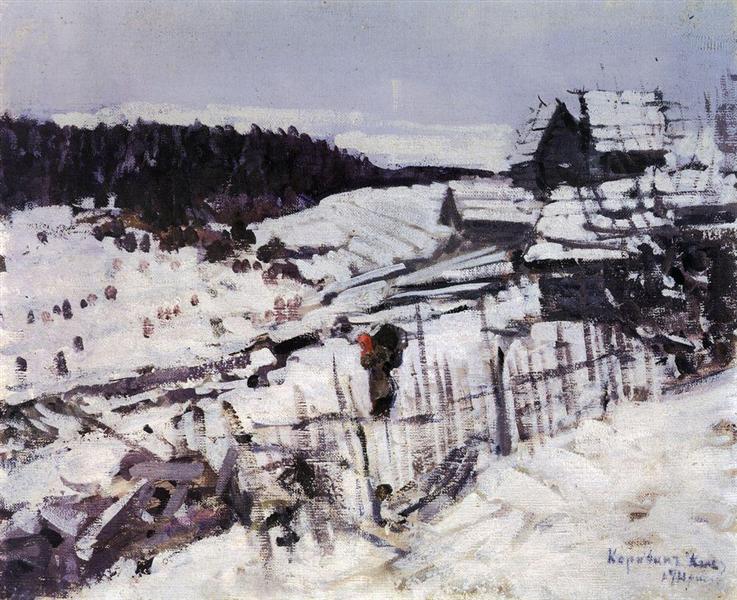A New Take on the Iconic Girl Reading a Letter by Vermeer
The recently restored Girl Reading a Letter at an Open Window by Johannes Vermeer (1632-1675) is often said to be that of a young woman reading a...
Tom Anderson 26 September 2024
If one thinks of winter in Siberia, one usually imagines loads of snow, fur hats, and hip flasks filled with some warming drink. What was winter like to one of the most famous non-French Impressionists, Konstantin Korovin?

Konstantin Korovin (1861–1939) was born into a well-off family of merchants. He was 14 when he began attending Moscow’s School of Painting and Architecture in 1875. He started out as a student of architecture, but a year later changed to painting.

In 1894, Korovin made a trip to Finland, Sweden, and northern Russia. He traveled with his painter friend Valentin Sorov. Although they were friends, the two competed with each other. During this trip, Korovin discovered, with surprise, that in the North there was a large variety of colors on the snow. In fact, more than anywhere else he had ever been. Inspired by this, he designed the Far North pavilion for the All Russia Exhibition in Nizhny Novgorod in 1896. This was not his only design for an Expo pavilion. In 1900 he represented the Central Asia section of the Russian Empire pavilion at the great Paris World Fair.

At the turn of the century, Korovin turned his attention to set and costume design for the theatre. Yet, he continued to paint. In fact, between 1909 and 1913 he was a professor at his alma mater, the Moscow School of Painting, Sculpture, and Architecture.

In 1923, on the advice of his friend, Korovin moved to Paris, which he loved. This was both to cure his heart condition and to help his son Alexey Korovin. Alexey was also a painter. Sadly, his feet had been amputated due to a childhood illness. When in Paris, Korovin was meant to hold a large exhibition. However, somebody stole all the paintings and as a result, Korovin found himself penniless. In order to make ends meet, he had to repeatedly paint the same Russian Winters for years.
DailyArt Magazine needs your support. Every contribution, however big or small, is very valuable for our future. Thanks to it, we will be able to sustain and grow the Magazine. Thank you for your help!